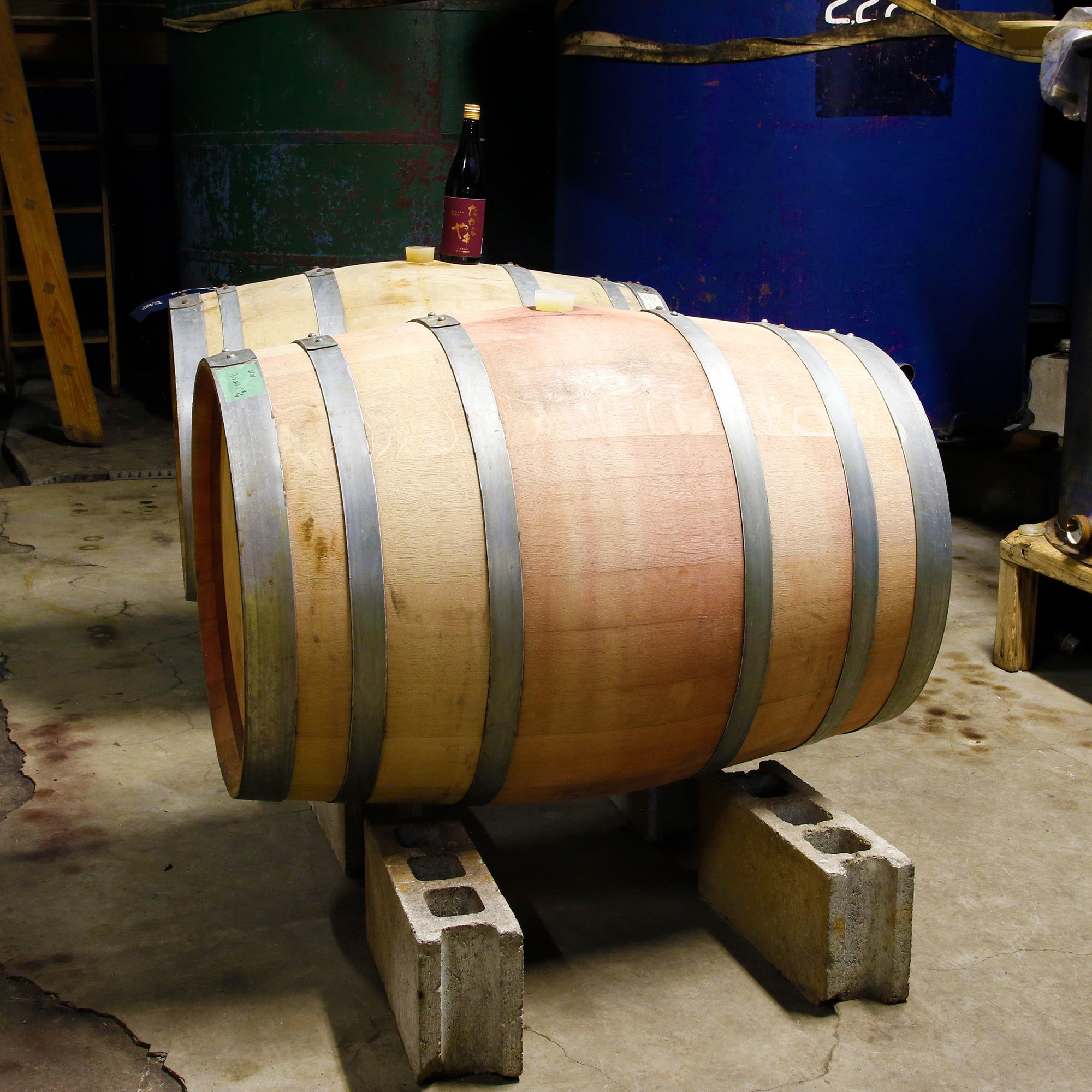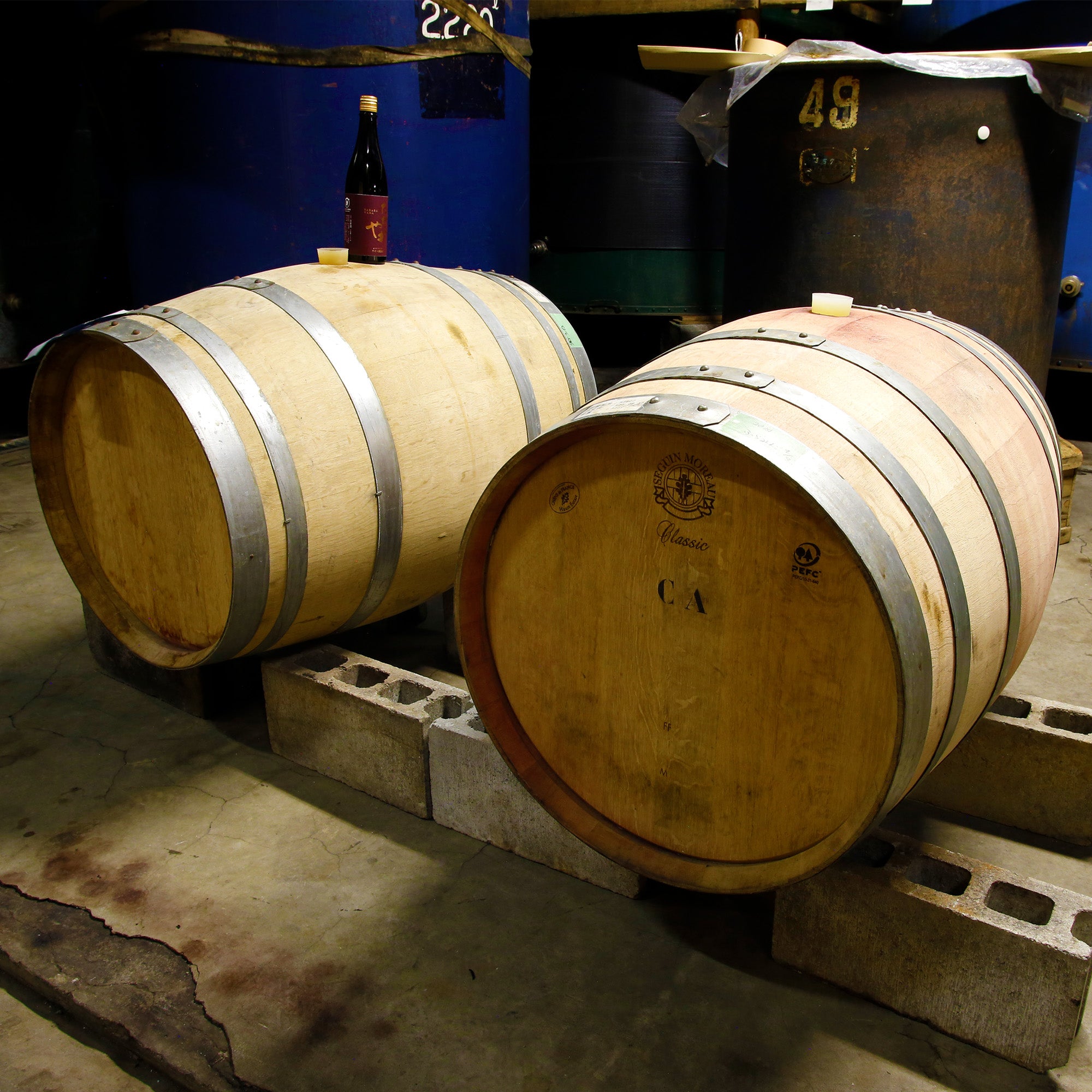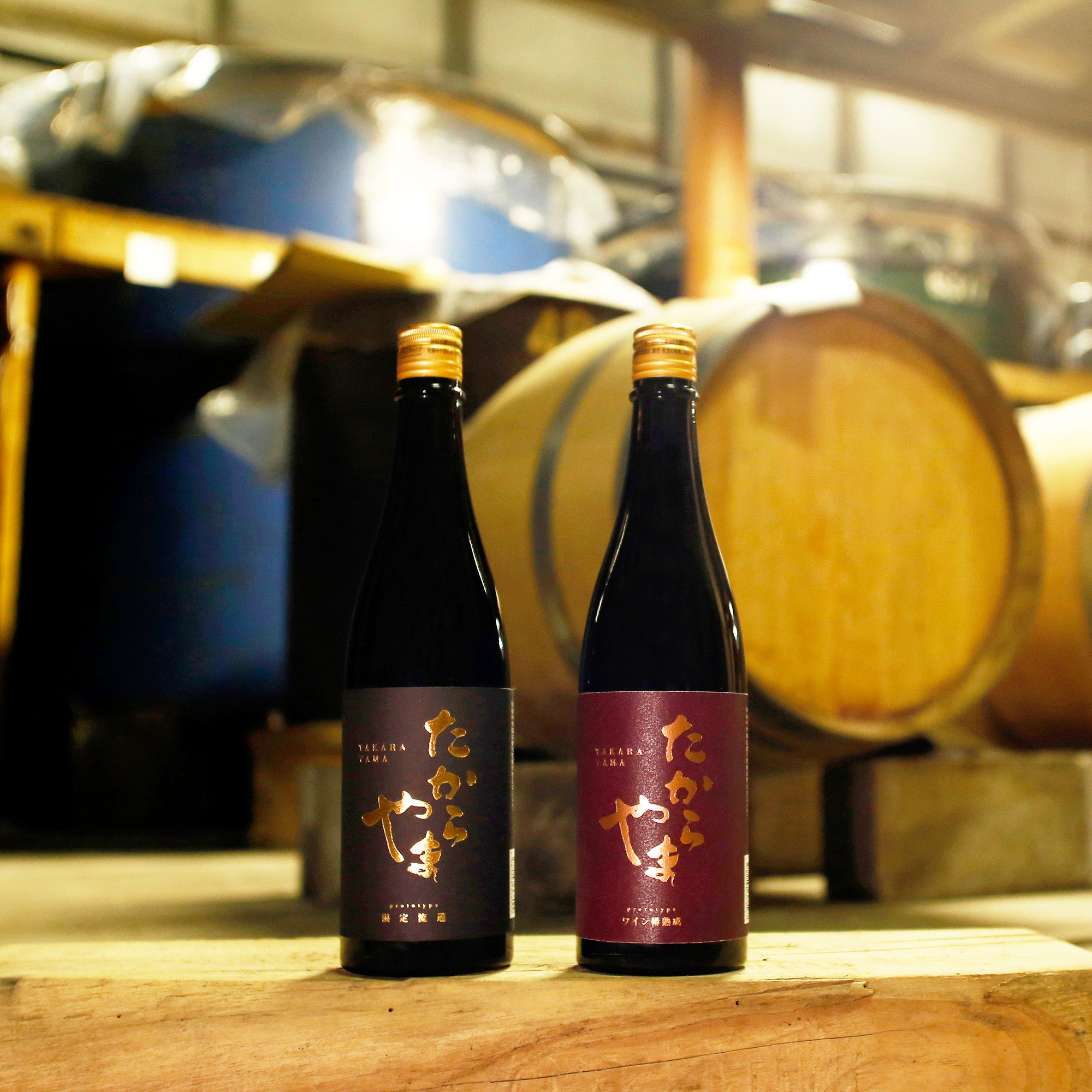



Product Features
■POINT① A new type of sake with a sweet and sour taste
Made using only yeast starter, the "shuboshu" has a fruity aroma reminiscent of pear, quince, and a touch of honey, as well as a soft acidity derived from lactic acid. When you put it in your mouth, the light acidity and elegant appearance spread softly, and the clean finish does not interfere with your meal. It has a modern taste with a clarity and gentleness that makes it seem like a natural wine.
■POINT② 12% alcohol, designed to be easy for sommeliers to recommend
The alcohol content is set at a moderate 12%. Designed with the same alcohol content as wine, it is easy for sommeliers to recommend and will not stand out on a wine list. It can also be used as a substitute for wine drinkers with meals. It naturally appeals to customers who are unfamiliar with sake or who are not good at drinking alcohol.
■POINT③ The filtrate from the yeast starter plays a key role - a challenging creation born from the ideas of the master brewer
When the master brewer tasted the liquid yeast starter that was taken out for component analysis during the manufacturing process, he was convinced that this was the most delicious. From there, the product was finally developed, and it was born out of chance and inspiration.
■POINT 4: "Heirloom Sake" that inherits tradition and connects it to the future
This series marks the first release from Takarayama Brewery, which took over the business from Takarayama Sake Brewery, which closed down in 2024. The final brew from the old brewery was taken over in its tanks, aged, and released, passing on the past to the future and serving as a symbol of inheritance. The brewery is releasing the final brew from the old brewery as a step towards the future. Going forward, the brewery plans to introduce a solera method of topping up the brew each year, continuing to build on the flavor and story into the future.
■POINT⑤ A new approach that makes it "suitable for meat"
When it comes to sake that does not contain tannins as ingredients, it is difficult to create a sake that pairs well with meat dishes. However, by combining a high base acidity with gentle tannins derived from the barrel, we have made it possible to achieve a harmony with meat dishes, which was previously thought to be difficult with sake.
■POINT 6: Locally recycled sake brewing using reclaimed barrels from a local winery
The barrels used are from the local Niigata winery, "Cave D'Occhi Winery." Breathing new life into the barrels, the brewery recycles local resources, achieving a sustainable sake brewing process unique to Niigata, while also allowing customers to enjoy the flavors of Niigata through a fusion of the local community.
■POINT 7: Expand your options with two lines: "Normal" and "Barrel-aged"
By offering two lines, the aforementioned version made without barrel wine and the version made with wine barrels, customers can enjoy the difference in taste, and the two lines can be used depending on the cuisine and customer demographic, offering a wide range of suggestions from the skills of sommeliers and chefs.
| raw materials | Rice (domestic), rice koji (domestic rice) |
| Rice polishing ratio | 60% |
| Alcohol content | 12 degrees |
Choose options




Recently viewed products
These are the products you recently viewed

